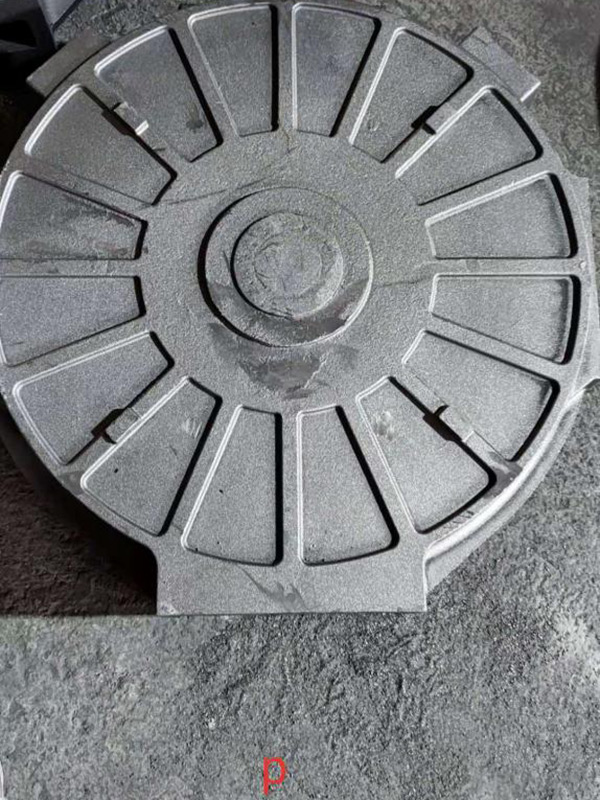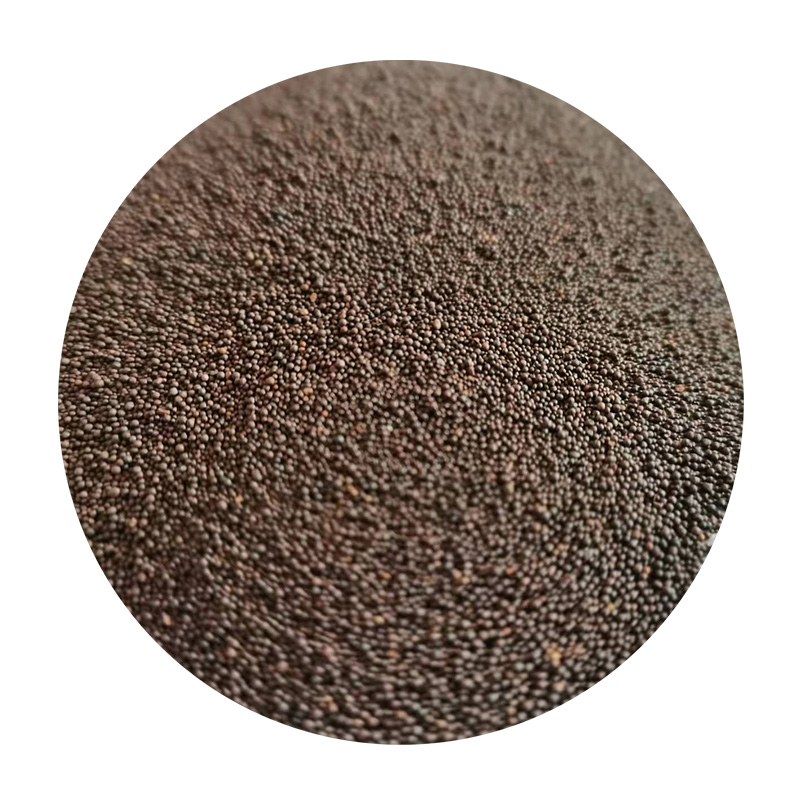

Trustworthiness in sand casting emerges from its proven track record of reliability and adaptability. Although alternative methods like die casting and 3D printing have gained popularity, sand casting remains a trusted technique for prototypes and low-volume production runs. This is largely due to its cost-effectiveness and the ease with which molds can be altered to accommodate design changes without exorbitant upfront costs. For those intrigued by the potential sand casting offers in their own production line, it is crucial to work with experienced foundries that have a comprehensive grasp of the process nuances. Quality control measures play a pivotal role, as minor variations in sand composition or temperature management can lead to defects in the final product. Partnering with professionals who prioritize rigorous testing and evaluation will not only ensure product quality but also instill confidence in the manufacturing process. In summary, the enduring relevance of sand casting metal in modern industries is a testament to its fundamental strengths. It combines a historical richness with a modern engineering application, providing a trustworthy and authoritative method for producing complex metal parts. For businesses aiming to leverage this technique, aligning with expert partners and focusing on quality control is paramount to capitalize on the extensive capabilities that sand casting has to offer. Post time:జన . 30, 2025 03:54
Next:sand casting sand types
